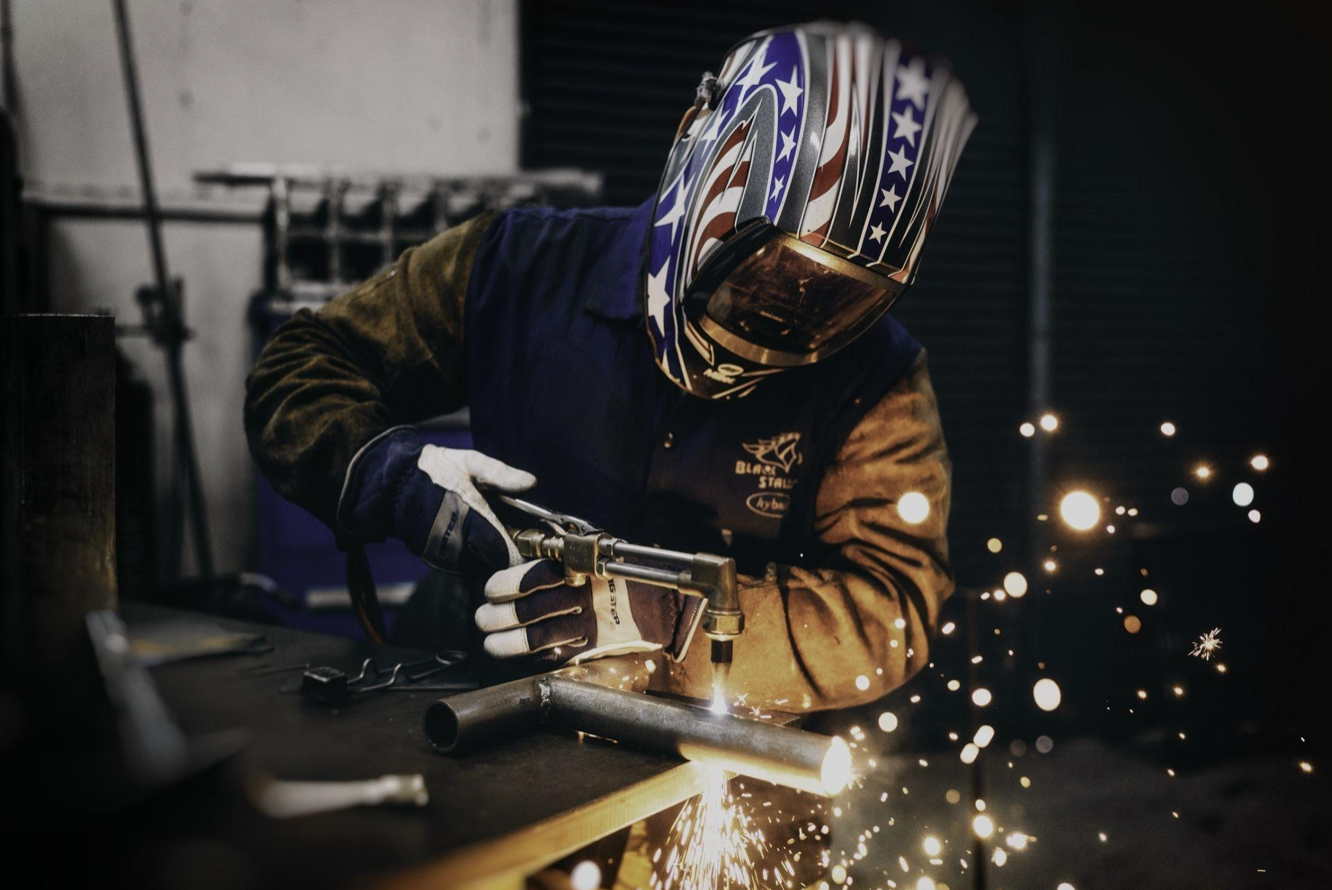Accidents can and will happen, but good programming, prevention, and safety practices can contribute to mitigating the consequences.
It would be safe to surmise that most workers do not go to work every day thinking they will be injured at work. Accidents happen often even in the best of circumstances.
Workplace accidents can and do occur despite safety protocols, and the consequences are sometimes life-changing, or in worst-case scenarios fatal. While some industries such as construction are associated with higher on-the-job risks, an occupation-related incident can happen anywhere at any time.
Virtually every job entails some type of occupational risk for injury, although this will vary greatly across jobs and individual workers.
In North America, some heavy labor and high-risk industries have been outsourced to geographical regions where both labor and production costs are lower, and occupational safety requirements are less rigorous, reducing some of the risks faced by the American workforce.
Nonetheless, they do happen and can exact a high cost for both workers and employers when involved.
Workplace Fatalities
The U.S. Bureau of Labor Statistics reported that in pre-Covid 2019, there were 5,333 occupational fatalities, accounting for the highest number of deaths on the job since 2007.
While workplace fatalities can be attributed to fires, exposure to toxic substances, overdoses, suicides, slips, and falls, the greatest number were due to transportation accidents.
Over 40% of occupational deaths were directly connected to transportation with motor vehicle accidents named as the leading cause. Other reasons for workplace deaths included falls at 17%, 12% toxic chemical exposure, and being struck by equipment, materials, or objects at 14%.
The two industries that accounted for the highest number of fatalities were the construction industry with 1061 deaths and the transportation industry with 913 deaths. So, the numbers speak for themselves, and they paint a grim picture.
Accident-Prone Jobs
Most people would indicate work injuries as endemic to the high-risk sectors where physically demanding jobs, such as in construction or manufacturing, are the mainstay.
This may be true at first glance, but high-risk employees generally have the benefit of safety training, protective equipment, and emergency procedures, that other sectors probably do not have in place.
Transportation-Related Accidents and Injuries
Transportation-related injuries for workers using company-owned vehicles account for numerous occupational injuries as well as damage to company property during working hours. Worker drivers not only have a risk of injury when involved in an accident but also how long does an accident stay on your record if driving for work.
Collision and liability insurance together with comprehensive coverage is a must for business vehicles to protect workers and property considering the accident-prone nature of driving professionally.
Certain other job sectors may be low risk, but they are not immune. So, it’s important to remember that employers, regardless of the type of work they require, must comply with OSHA safety regulations or risk being fined.
Avoiding Occupational Accidents
Often avoiding an accident is a question of using common sense and complying with specific safety requirements. Even so, human error is, more often than not, a contributing factor.
Safety needs to be front and center in any work situation and cannot, nor should be sacrificed for deadlines or profit margins.
So, what should you keep in mind if working in an accident-prone workplace?
- Have a Plan and Provide Training
Implement a safety and accident prevention plan in the workplace. Regardless of the specific job or position, employees must be properly trained to carry out assigned tasks, operate machinery, or deal with hazardous substances or environments.

- Provide the Necessary Equipment, Including PPE
Under no circumstances should employees carry out tasks if they are not properly equipped to do so. The proper regulation-compliant equipment needs to be used always.
- Abstain From Using Shortcuts
All safety procedures and the use of safety gear must be implemented regardless of how much of your time doing so consumes. Those extra minutes may be what saves you or another employee from a life-changing accident. Also, adequate staffing must be ensured to prevent an understaffed workforce from engaging in cutting corners.
- Identify Vulnerabilities
Identify environmental and workplace hazards and take action to remove or reduce these.
- Keep Equipment Maintenance Up to Date
All machinery, tools, and vehicles must be re-evaluated and serviced at regular intervals.
- Report of Accidents and Incidents
Even if small, any type of incident or accident pertaining to work, or the work environment needs to be reported. Perceived hazards or risks of danger should also be reported ASAP.
- Maintain Order and Cleanliness and Highlight Safety Procedures
Keep the workplace clean and evacuation pathways clear of obstructions. Place safety and evacuation instructions in noticeable spots, or where employees gather as a reminder of what to do in an emergency. Include emergency numbers for first responders.
- Monitor Safety Effectiveness
At regular intervals, re-evaluate the effectiveness of your safety measures and safety training. Update safety training to include new techniques, equipment, and procedures.
Report All Incidents
Any incident, even if it apparently has not caused serious injury, needs to be reported immediately. An injury may initially appear to be without consequences, only to prove serious several hours later.
To guarantee that workers receive compensation coverage, accidents need to be reported as soon as possible. Environmental hazards also require immediate attention as procedures may need to be modified to increase safety.
Accidents can and will happen, but good programming, prevention, and safety practices can contribute to mitigating the consequences.


Join the conversation!